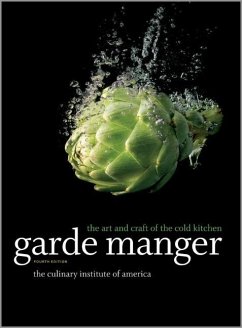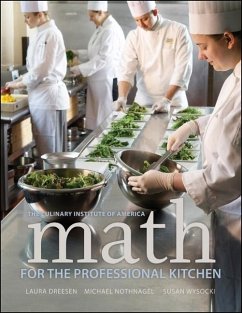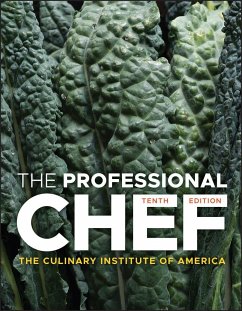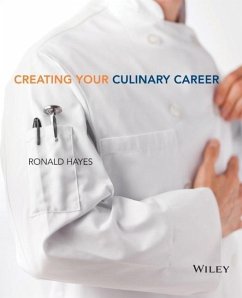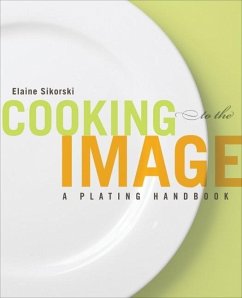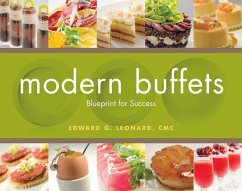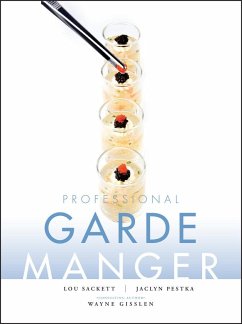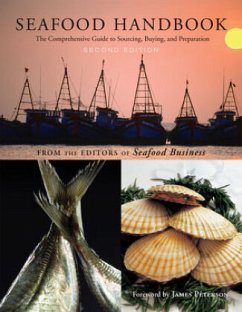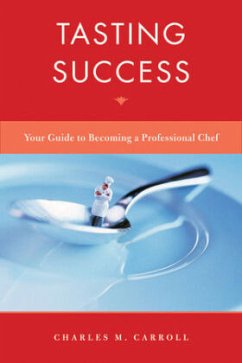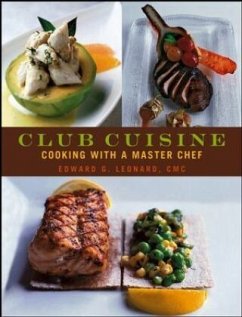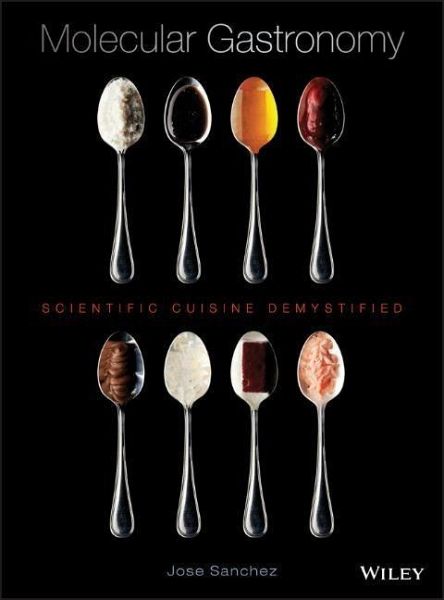
Molecular Gastronomy
Scientific Cuisine Demystified
Versandkostenfrei!
Versandfertig in 2-4 Wochen
69,99 €
inkl. MwSt.

PAYBACK Punkte
35 °P sammeln!
Molecular Gastronomy: Scientific Cuisine Demystified aims to clarify and explain the fascinating world of molecular gastronomy. It offers the reader crucial knowledge of key ingredients and provides fundamental step-by-step techniques for application. It provides a foundation for experimenting with and, most importantly, understanding new and exciting ingredients and cooking techniques.
Dieser Artikel kann nur an eine deutsche Lieferadresse ausgeliefert werden.



